

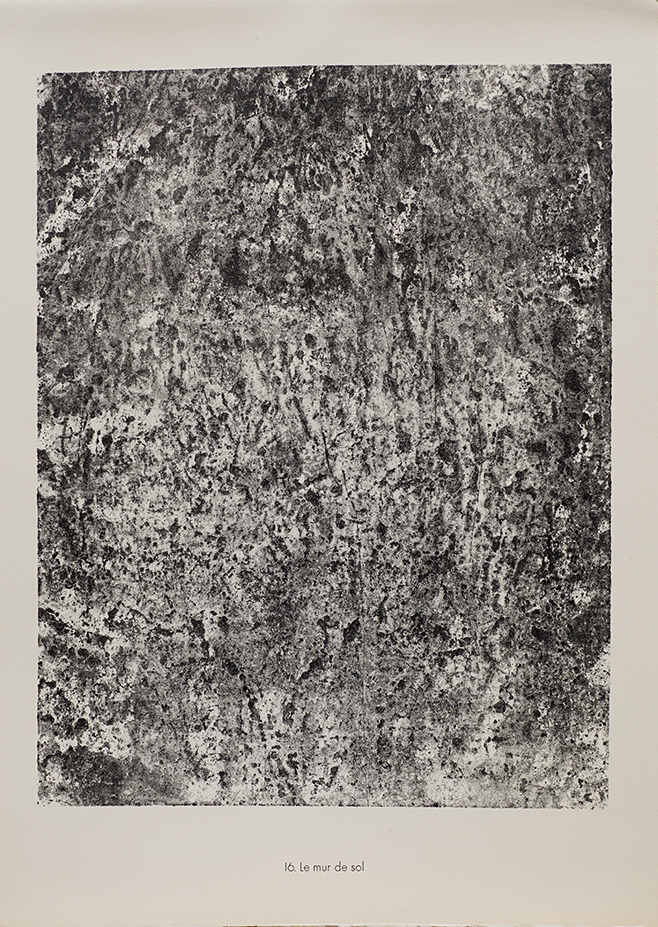
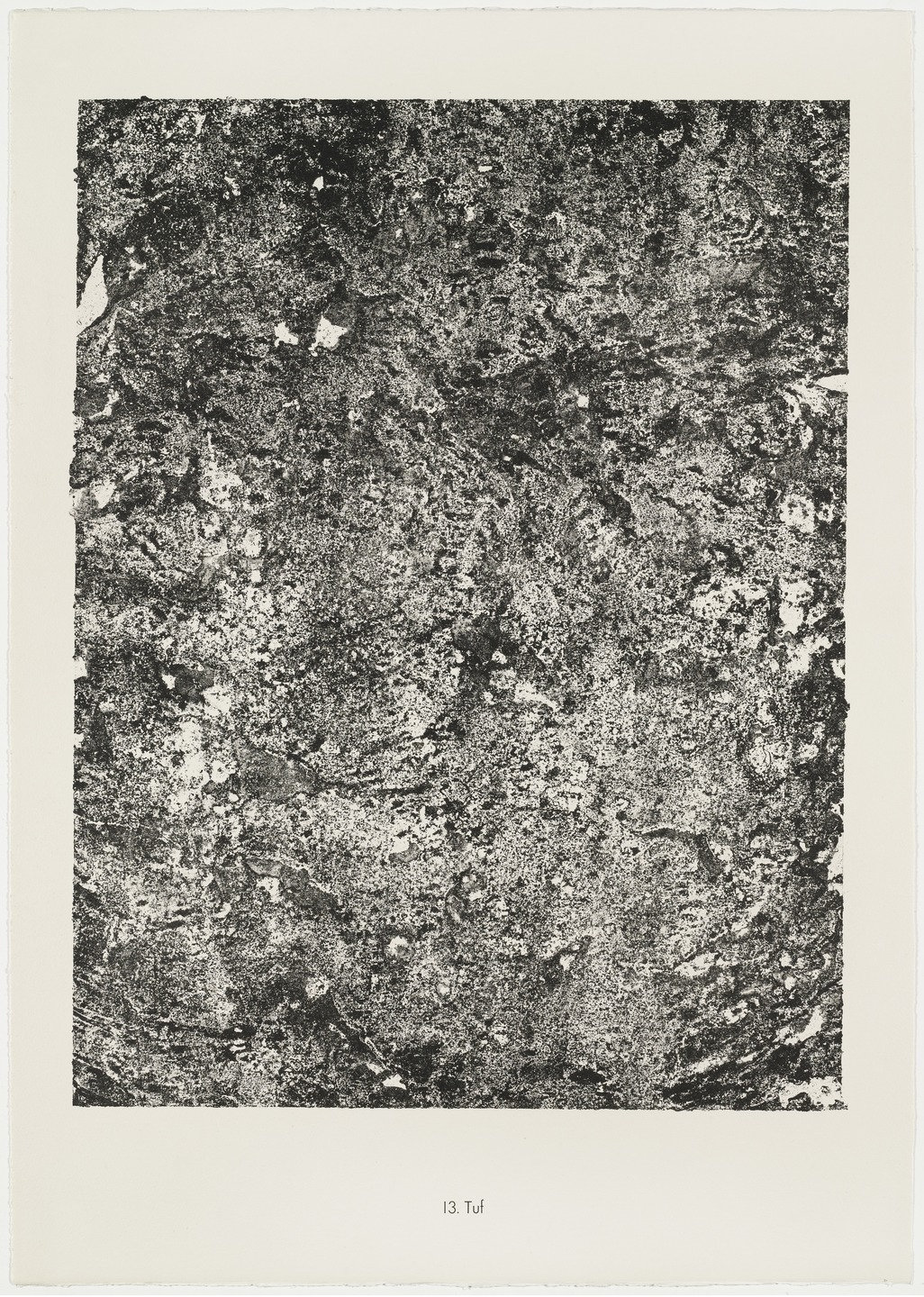
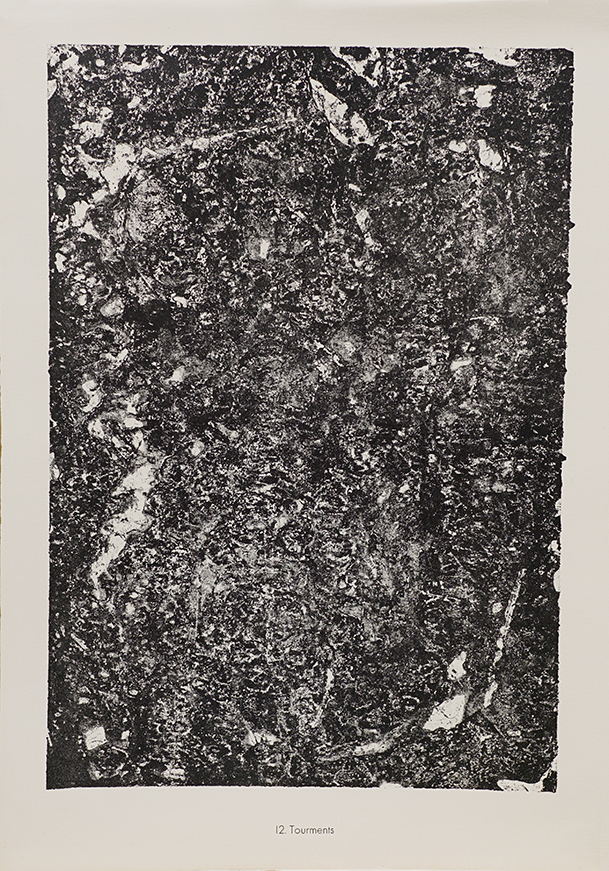

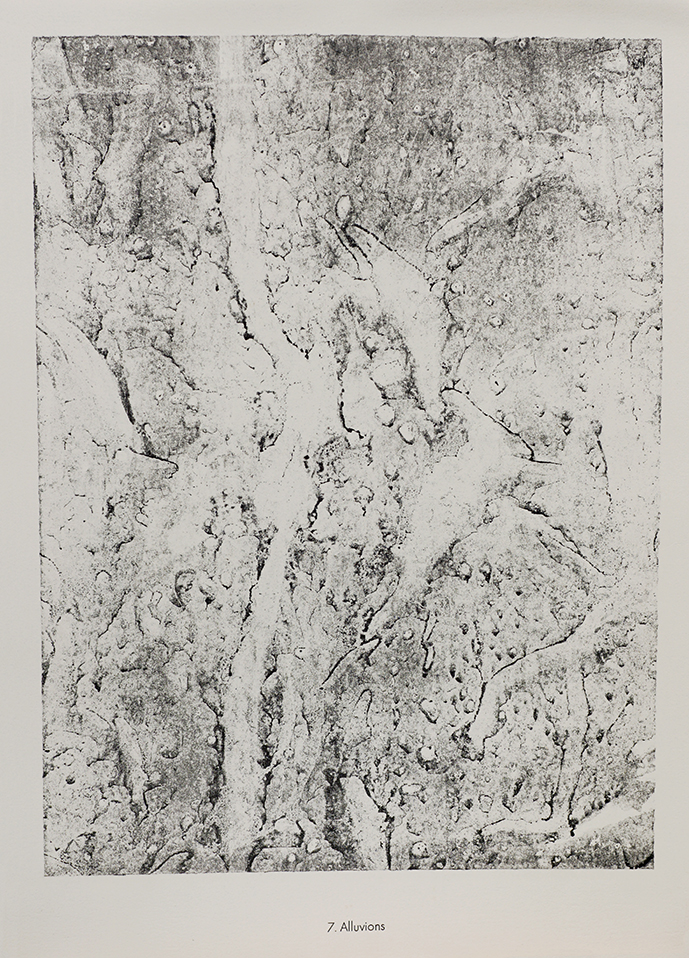
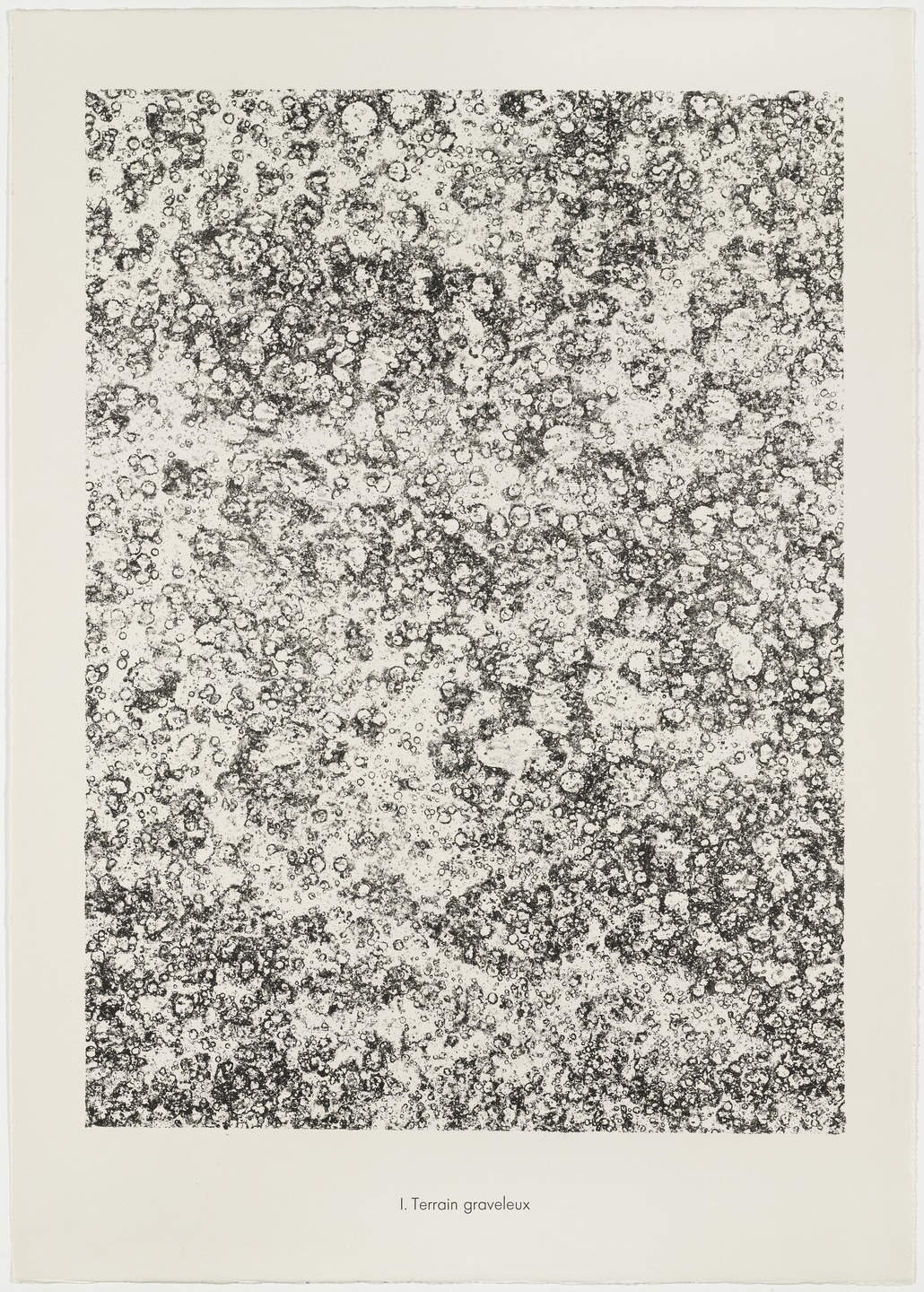
Opening: Thursday November 17, 2016, 6-10 pm
On View: November 18 – December 22, 2016
The exhibit “Earth, Water, Impressions. The Dubuffet’s lesson and the young Japanese talents” compares the other nature created by the French master to the sophisticated research by the three Japanese artists chosen by Maroncelli 12: “34”, Daiki Nishimura and Kinya. Sols, Terres, the 18 lithographies from the Phénomènes series (created by the father of Outsider Art in 1959)on view, interact with the modern vision of three young talents from the Land of the Rising Sun.
Paintings of earth, air, water and fire, what old Naturalists called the “inside of things”. Paintings of shadow and light, moments, generation and corruption of matter but also research, measure and classification. In the mid 1940s, Dubuffet (Le Havre 1901-Paris 1985) caused outrage for the provocative way he refused to accept the rules and shared values of academic art. Dubuffet believes culture to be “harmful” as it is not just “information material”, but also “a way of thinking and expressing oneself, a way of seeing, feeling and acting”. In order to dismantle this school of thought he turns to the art of the outsiders, the art of children and the mentally ill, to “open a passage for voices coming from the underlying layers”. In the late 50s, when the dawn of the Phénomènes arrives, Dubuffet focuses his research on a careful and meticulous analysis – not to mention artistic, philosophical, aesthetic and symbolical – of the concept of nature, which begins with a celebration of soil and earth. This material vocation clashes with everything form is, up to the point where it is re-examined from the inside. Discussing proportion and symmetry becomes difficult when assembling mud or wall fragments; coal, gas, musk and lichens, to name a few of the materials used, become the subject of an endless, almost scientific experimentation where surprise is an everyday thing. The 300 tables making up the Phénomènes are born as spare materials for the assemblages, as long as Dubuffet realizes that these black-and-white and color lithographies have all it takes to stand on their own. It’s all impressions from different materials taken on inked transfer paper. Maroncelli 12 presents the 18 tables (the entire series) of Sols, Terres, in the sample named C (and signed by the author), printed for Giuseppe Raimondi. Number nine out of the black-and white albums from the Phénomènes series, this work was printed in 22 samples numbered from 1 to 22, plus three samples named A, B and C, all on parchment.
“34” wants his work to shine and not his biography: that’s why the Japanese artist doesn’t reveal either his name or his date of birth. His aim is for his work to be “impression and information”: his is a delicate research with puddles, which are absorbed with paper and turned into sophisticated designs.
“Rain collects many events, memories and movements of time, and captures them in a semi-permanent way”. Somehow it saves them. Every work is categorized: captioned with date, time, place (street and town where the puddle lays), measures of the pool, weather and temperature.
Daiki Nishimura (Osaka 1985) finds his inspiration in nature as well: the artist travels all through Japan photographing the landscapes which strike him the most, then goes back to his studio to translate his emotions on to a canvas. “Paintings are ultimately the integration between my own internal world and the outside world”. Nishimura’s compositions are simple, monochromatic and minimal, but have a strong material consistency; the color palette is reduced to a minimum. He works mostly with oil colors, with a little help by other materials such as mineral pigments, silver, aluminium, and with a meditative attention to the artistic process, starting with the preparation of the canvas. “As an artist living in this world, I create the moment so that the audience is able to feel how connected we all are and that we are surrounded by the divine.
I believe that thinking compassionately of trees, flowers, oceans, mountains and the sky can really make a difference”.
The evocative evanescence of Kinya (Tokyo 1961) originates from a superimposition of colors, simple geometric shapes, and often small marks typical of primitive pictograms. “I can state that my work is born from a harmonic vision of these three elements”. Kinya’s paintings are created to be reflected in the observer’s field of view . The physical space between the painting and the audience is vital to the artist, who has lived between Milan and Japan since 1990. “What originates from this encounter between art and individual, and time and space, is crucial to me. I am the man who reaps the fields of color, and sows. I intend to keep sowing slowly and steadily, hoping that something unleashes inside the person who stares at my paintings”.
Galleria Maroncelli 12 – Milano
Copyright © 2024 – Tutti i diritti riservati
